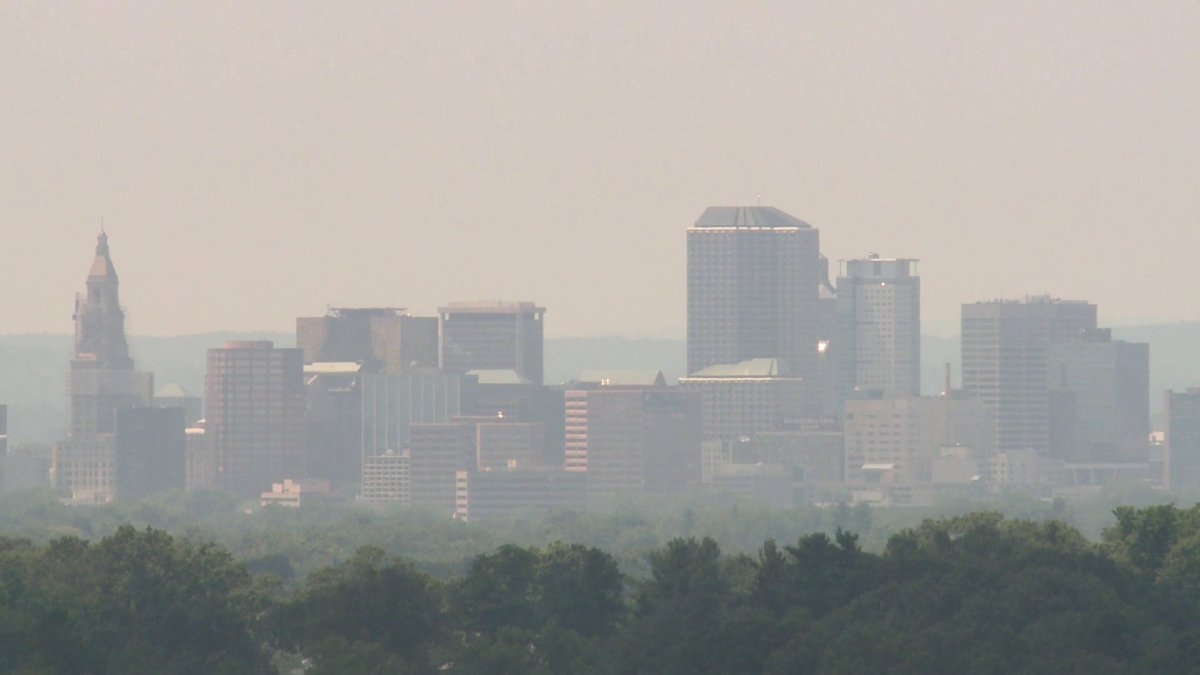
In this 3-part workshop, students were introduced to the basics of air quality and the different types of pollutants we measure and regulate. Students then built simple air quality monitors to track the concentration of ozone, carbon dioxide, volatile organic compounds, and particulate matter. We deployed these monitors outdoors for 5 days, and then learned to analyze air quality data in both Excel and Python. We focused on why air quality in Connecticut is different and often worse than other surrounding states, and particular pollutants of concern for Connecticut. All resources for this workshop can be found here. Feel free to reach out to Jenna (jenna.ditto@yale.edu) with any questions about the materials.
Resources include:
-
Sensor wiring guide
-
Arduino code for sensors
-
Bill of materials for sensors
-
Lesson content (includes background information, Excel and basic Python tutorial)
-
Handout for pollutant sources and types
-
Introductory slides
We ran this program as a 3 part workshop for high school students. We recommend that sessions be divided up as follows:
-
1 session of 3-4 hours for introductory material and monitor construction
-
1 session of 1-3 hours for monitor deployment and covering material on pollutant sources and types (time depends on where you plan to deploy the monitors and if there is transportation time needed)
-
1 session of 3 hours for Excel data analysis